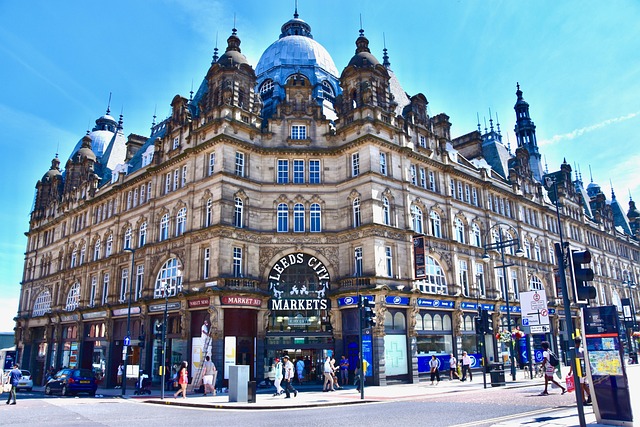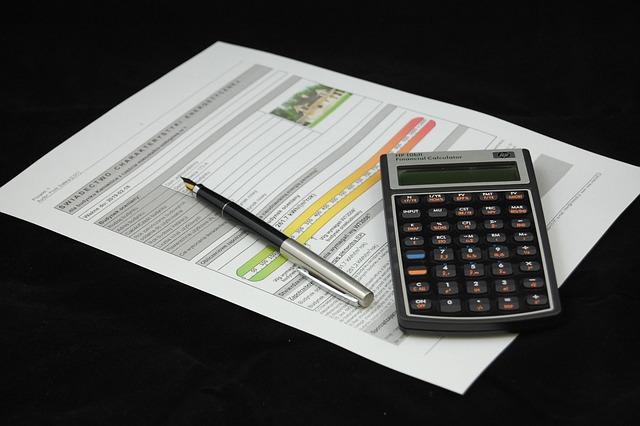The construction industry, a major contributor to global economies, is under pressure to reduce its environmental impact, especially with the booming real estate sector. Traditional methods rely heavily on non-renewable resources and energy-intensive processes, leading to significant carbon emissions and waste generation. However, there's growing recognition of the need for sustainable building practices as the built environment plays a substantial role in climate change and waste management. The real estate industry is undergoing a transformation towards sustainability, embracing innovations like energy-efficient design, recycled materials, water conservation, green roofs, and vertical gardens to minimize environmental impact while creating long-term economic value. Technological advancements are making resource-smart practices more accessible and cost-effective, promising environmental benefits and economic advantages for the real estate industry.
The construction industry, a key driver of global economic growth, currently faces significant environmental challenges. This article explores sustainable construction practices within the real estate sector, focusing on resource-smart development strategies that mitigate ecological footprints. We delve into the current landscape, highlighting the environmental impacts of conventional methods. Subsequently, we present core principles for sustainable building and discuss implementing resource-efficient practices, exploring both challenges and future prospects in the realm of real estate development.
The Current Landscape of Construction and Its Environmental Impact

The construction industry, a cornerstone of global economies, currently faces significant scrutiny for its environmental footprint. In today’s digital era, as real estate development continues to boom, it’s essential to recognize the industry’s impact on natural resources and climate change. Traditional construction practices often rely heavily on non-renewable materials and energy-intensive processes, leading to a significant carbon footprint. The current landscape is characterized by a growing awareness of sustainable building practices, with a push for more eco-friendly and resource-smart approaches.
This shift is driven by the realization that the built environment contributes substantially to global environmental challenges. Construction and demolition waste account for a large portion of total municipal solid waste, while energy-inefficient buildings exacerbate greenhouse gas emissions. As such, there’s an urgent need to transform the industry, embracing innovations and strategies that minimize ecological damage.
Principles of Sustainable Construction in Real Estate Development

In the realm of real estate development, sustainable construction is no longer an option but a necessity. Embracing principles that minimise environmental impact and optimise resource use not only ensures long-term economic viability but also contributes to a greener, healthier planet. Key among these principles are energy efficiency through innovative design and technology, such as incorporating natural lighting and ventilation to reduce reliance on artificial heating and cooling systems. Additionally, the use of eco-friendly materials like recycled steel, bamboo, and low-VOC paints significantly cuts down on waste and pollution.
Water conservation is another critical aspect, with strategies like rainwater harvesting and efficient plumbing fixtures playing a pivotal role in preserving this precious resource. Furthermore, integrating green roofs and vertical gardens not only enhances aesthetics but also provides insulation, absorbs carbon dioxide, and creates habitats for local wildlife. These practices collectively contribute to a more sustainable future, ensuring that real estate development aligns with environmental stewardship while delivering high-quality living spaces.
Implementing Resource-Smart Practices: Challenges and Future Prospects

Implementing resource-smart practices in construction offers a promising path towards sustainable real estate development, but it’s not without its challenges. One of the primary hurdles is changing traditional building mindsets and practices that have long prioritized quantity over efficiency. Many existing methods are energy-intensive and waste-producing, making the transition to resource-smart constructions a complex task. However, with growing environmental awareness and stricter regulations, there’s an emerging momentum for change.
Looking ahead, technological advancements play a pivotal role in shaping the future of sustainable construction. Innovations in materials science, renewable energy integration, and smart building design are paving the way for more efficient and eco-friendly projects. As these technologies become more accessible and cost-effective, the real estate industry is poised to embrace resource-smart practices on a larger scale. This shift not only benefits the environment but also promises long-term economic advantages through reduced operational costs and enhanced property values.






